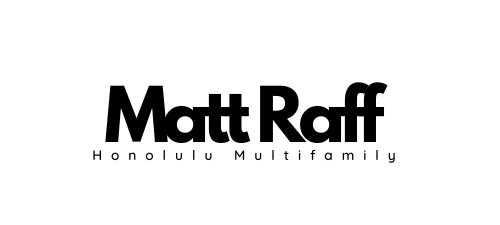Understanding Fee Simple and Leasehold Properties : A Guide for Real Estate Investors
In the world of real estate, understanding the intricacies of property ownership is crucial. Let’s delve into the fundamental differences between fee simple and leasehold properties, and explore how these distinctions impact property values.
Fee Simple: The Gold Standard of Ownership
Fee simple ownership represents the most complete form of property ownership. When you own a property in fee simple, you have absolute control over the land and any structures on it. This type of ownership includes:
- Possession: You have the right to occupy and use the property.
- Control: You can modify, lease, or sell the property as you see fit.
- Disposition: You have the right to transfer ownership through sale, gift, or
inheritance.
Fee simple ownership is akin to owning a business outright. This type of ownership is particularly attractive to investors seeking stability and full autonomy over their assets.
Leasehold: A Different Perspective on Property
In contrast, leasehold ownership involves owning the right to use a property for a specified period, typically under a long-term lease agreement. The key characteristics of leasehold ownership include:
- Non-permanent Use: The right to use the property is granted for a set term, which can range
from several decades to over a century. - Ground Rent: Leaseholders often pay rent to the freeholder (the fee simple owner) for
the use of the land. - Reversion: At the end of the lease term, the property reverts to the freeholder
unless the lease is renewed.
Leasehold properties are typically purchased at a significant discount to fee simple properties, and tend to attract investors most interested in strong cashflow. While leaseholders can generate significant income and value during the lease term, their control is somewhat limited, and they face the uncertainty of lease renewal terms. Investors must weigh these factors carefully, much like evaluating the risks and rewards of a business with a potentially finite operational horizon.
Impact on Property Values
The distinction between fee simple and leasehold ownership profoundly affects property values. Let’s examine how these differences play out in the market:
- Market Perception: Fee simple properties are generally perceived as more valuable due to the permanence and full ownership rights they confer. This perception often leads to higher
property values and greater appreciation potential over time. - Financing Options: Lenders typically view fee simple properties as less risky, resulting in more favorable financing terms. Leasehold properties, with their inherent expiration dates and
ground rent obligations, may encounter stricter lending criteria. - Investment Stability: Fee simple ownership offers long-term stability, making it an attractive option for investors seeking a safe haven for their capital. Leasehold properties, while potentially
lucrative during the lease term, may experience value fluctuations as the lease expiration approaches. - Residual Value: At the end of a leasehold term, the property reverts to the freeholder, potentially leaving the leaseholder with nothing. This inherent risk can depress leasehold property values, particularly as the lease term dwindles.
In essence, the choice between fee simple and leasehold ownership is a strategic decision akin to selecting a company to invest in. As Warren Buffett advises, it’s essential to understand the long-term prospects and risks associated with each option.
Conclusion
For real estate investors, grasping the differences between fee simple and leasehold properties is crucial to making informed decisions. Fee simple ownership offers unparalleled control and long-term security, akin to owning a robust, competitive business, typically with a price to match the benefits. Leasehold properties, while offering unique opportunities and lower prices, require careful consideration of the lease terms and associated risks. As with any investment, thorough due diligence and a clear understanding of the underlying fundamentals are key.
